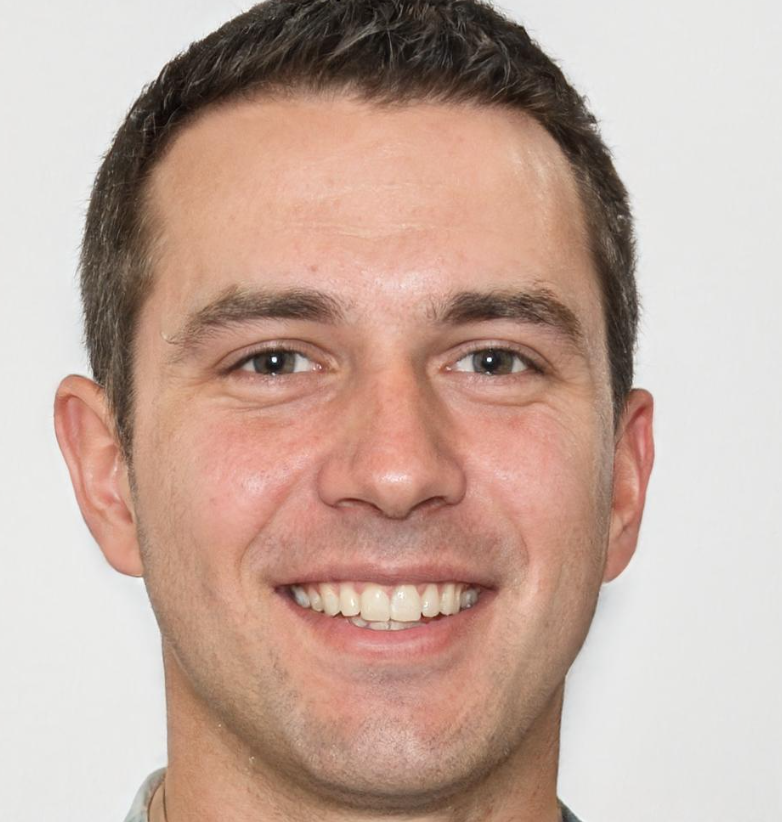
The Battle for the Crimea took place during the Second World War, in the period from 8 April to 12 May 1944, on the Crimean peninsula between the defending 17th Army of the German Wehrmacht and the attacking 4 Ukrainian front instead of the Soviet Union. It ended with the defeat of the German troops.
Early History
In November 1943, the Red Army conquered the Kerch Operation Eltigener, a strong foothold in the eastern part of the Crimea, which should serve as a starting point for the reconquest of the peninsula. Furthermore, they had built a bridge over the Sywasch in the north and established a bridgehead on the south bank.
The Defense transferred the supreme command of the armed forces of the German 17th Army, Colonel-General Erwin Jaenecke. It consisted of five and seven German and Romanian divisions and had 200,000 troops, 3,600 guns, 200 tanks, and 150 aircraft. Adolf Hitler was repeatedly proposed by Erich von Manstein, Ewald von Kleist, Kurt Zeitzler, and the Romanian dictator Ion Antonescu to evacuate the troops.
He refused to give the appropriate command. As the Soviet attack began, the evacuation was approved by him. Sevastopol was declared a fortress, which was to hold at all costs. Five divisions were in the north, four on the Kerch Peninsula, and three to guard the coast.
The Soviet planning was seen to prevent the evacuation. The 4th Ukrainian Front under Fyodor Tolbuchin consisted of 400,000 soldiers, 6,000 guns, 560 tanks and self-propelled guns, and 1,250 aircraft. The 51st Army and the 19th Panzer Corps should expand from Sywasch to the 2nd Guards Army defensive positions on the Isthmus of Herber break. The self Coast Army Andrei Eremenko should support them from the Kerch peninsula.
Route
The attack began on 8 April. After two days, the German defenses were breached. The second Guard and the army took an Armjansk 51 Army and bypassed the German-Romanian grouping. To escape the encirclement, the German-Romanian troops retreated. On the night of 11 April grabbed Yeremenko to the army and took a morning Kerch. On 13 April, it fell Simferopol. 15-16.
April reached the Red Army Sevastopol but only came after a long preparation time on 5 May because she only learned, in the context of struggles, how strong were the German defenses. On 1 May, it was replaced by Charles Erwin Jaenecke Allmendinger because he thought the fight was lost. Sevastopol was on 9 May captured by Soviet troops, and the enemy associations to Cape Chersonese pushed back (about 30,000 men), where they were hoping to be evacuated, continued to fight, and the remaining 21,000 soldiers finally surrendered.
Follow
According to the military historian Rolf-Dieter Müller, “Although Hitler authorized the evacuation of Odesa” so that it could be evacuated from their 18,845 soldiers, “the evacuation of 17 underway Army of the Crimea, he was stopped “because he wanted to keep the fortress of Sevastopol at any price. Up to this stop of shipment, 45,000 German and Romanian, 16,000 Ostlegionäre, and 3,800 prisoners of war were brought out by air and sea from the Crimea.
Finally, when they had to be evacuated, more than 100,000 men from Sevastopol were no longer defensible, “lost 60 ships, 31,700 German and 25,800 Romanians were killed”. After another German data was drowned, from 3 to 13 May, 42,000 men were in the Black Sea. According to a Russian source, it amounted to losses of the 17th Army 100,000 soldiers (including 62,000 prisoners) and all heavy weapons and equipment. The failures of the Red Army officially amounted to 85,000 soldiers (including 18,000 deaths), 521 guns, 171 tanks, and 179 aircraft.
- The Black Sea Fleet was with this surgery back their main base in Sevastopol.
- 126 Soviet soldiers were honored with the title Hero of the Soviet Union.
